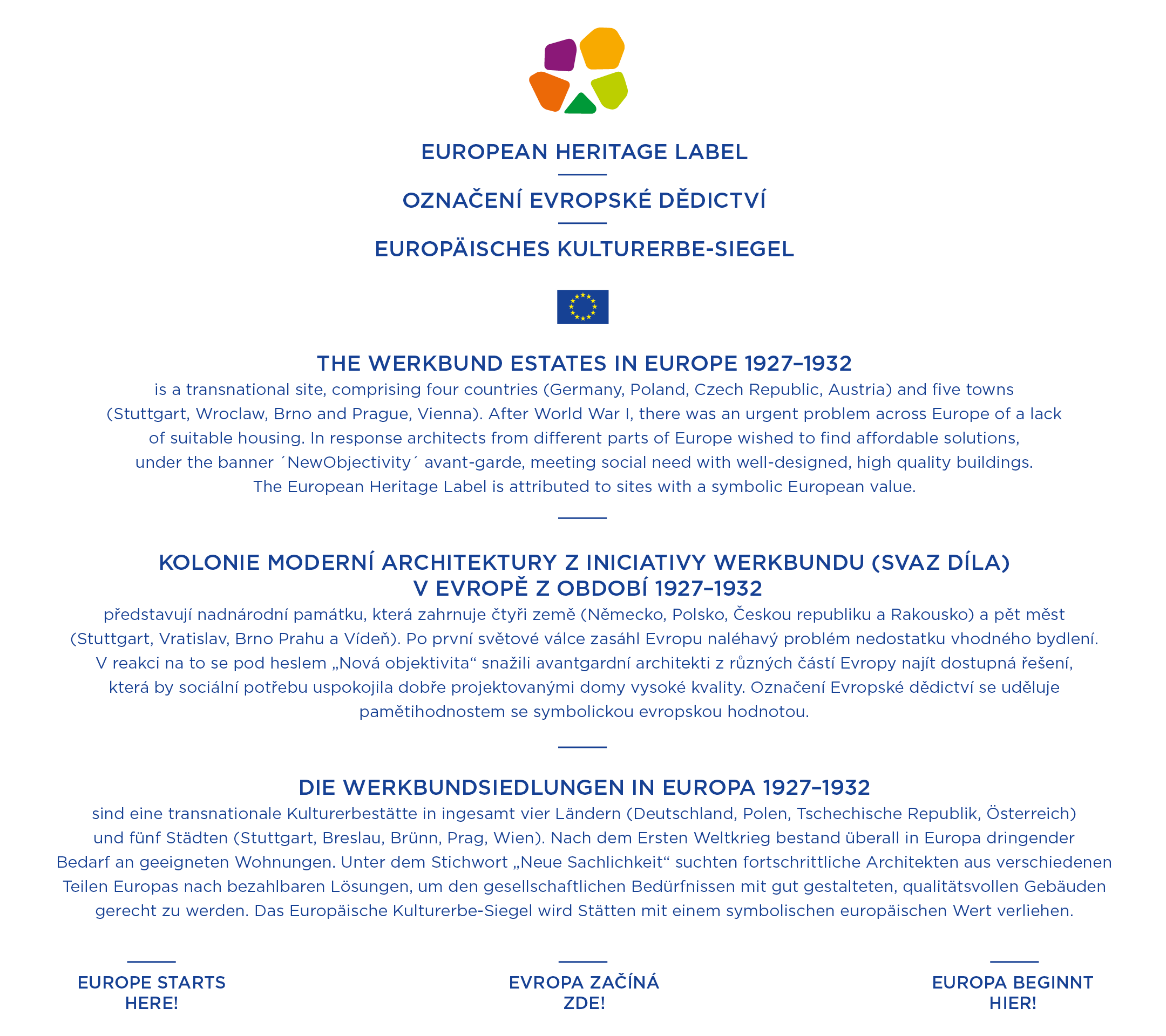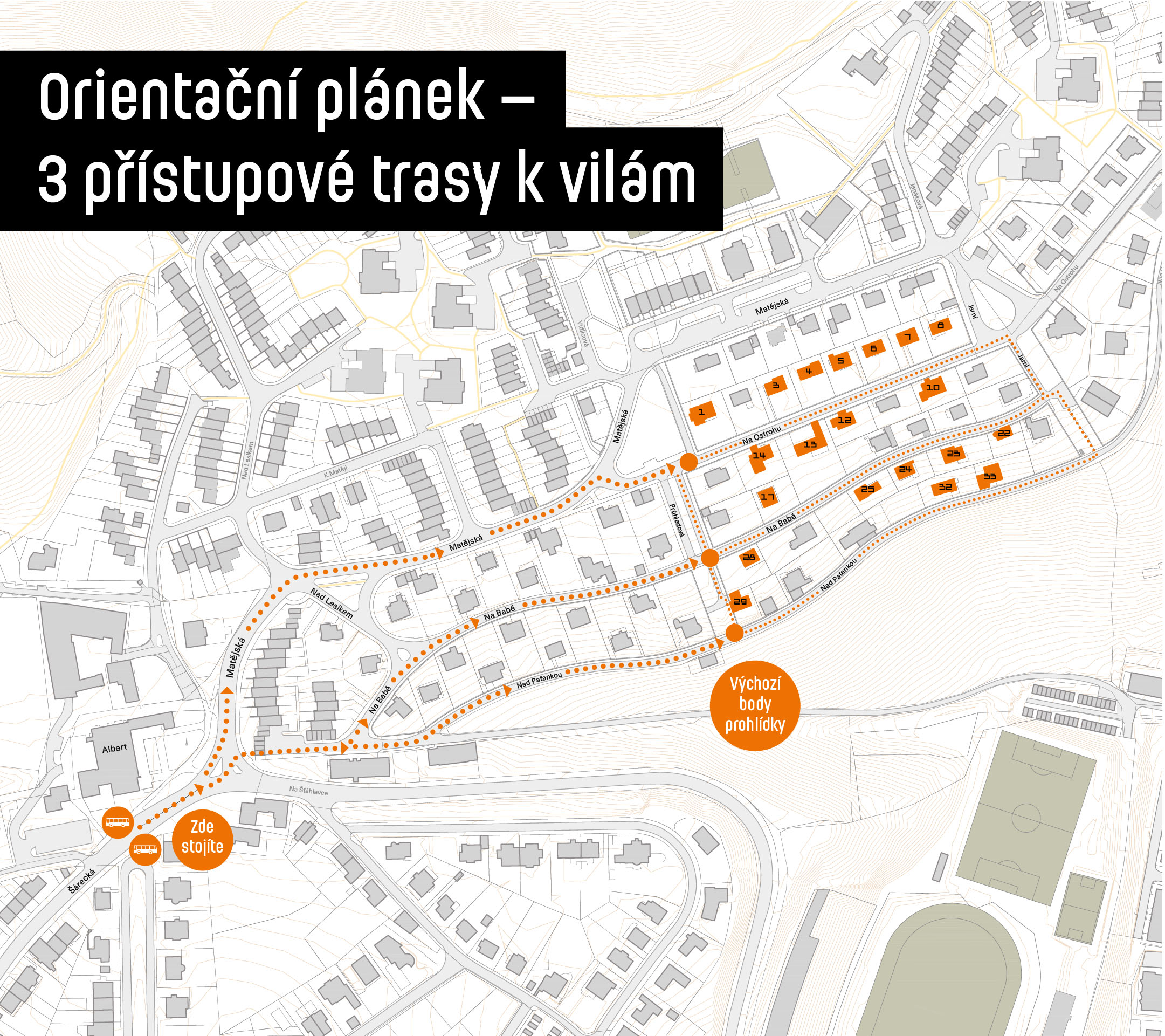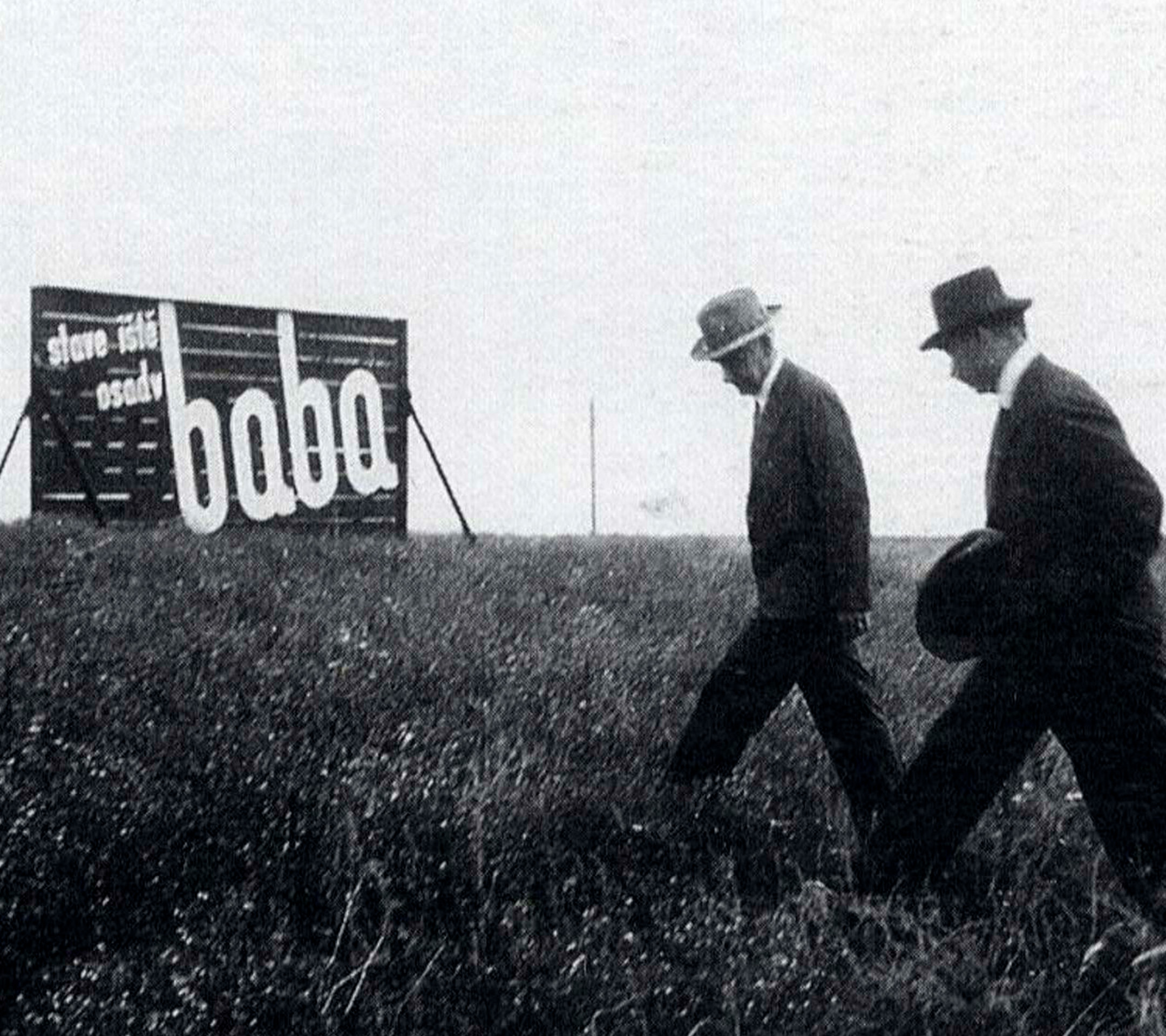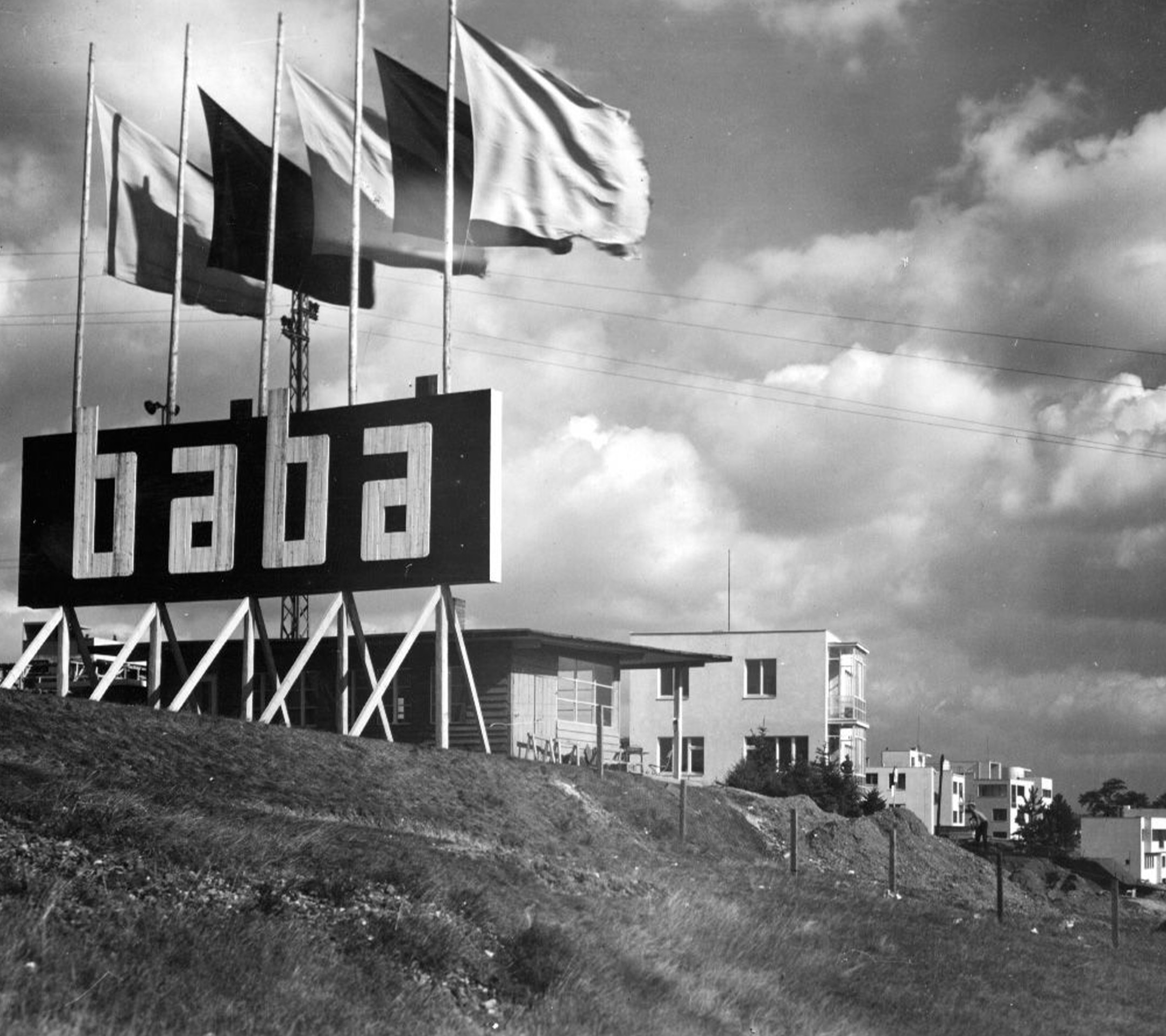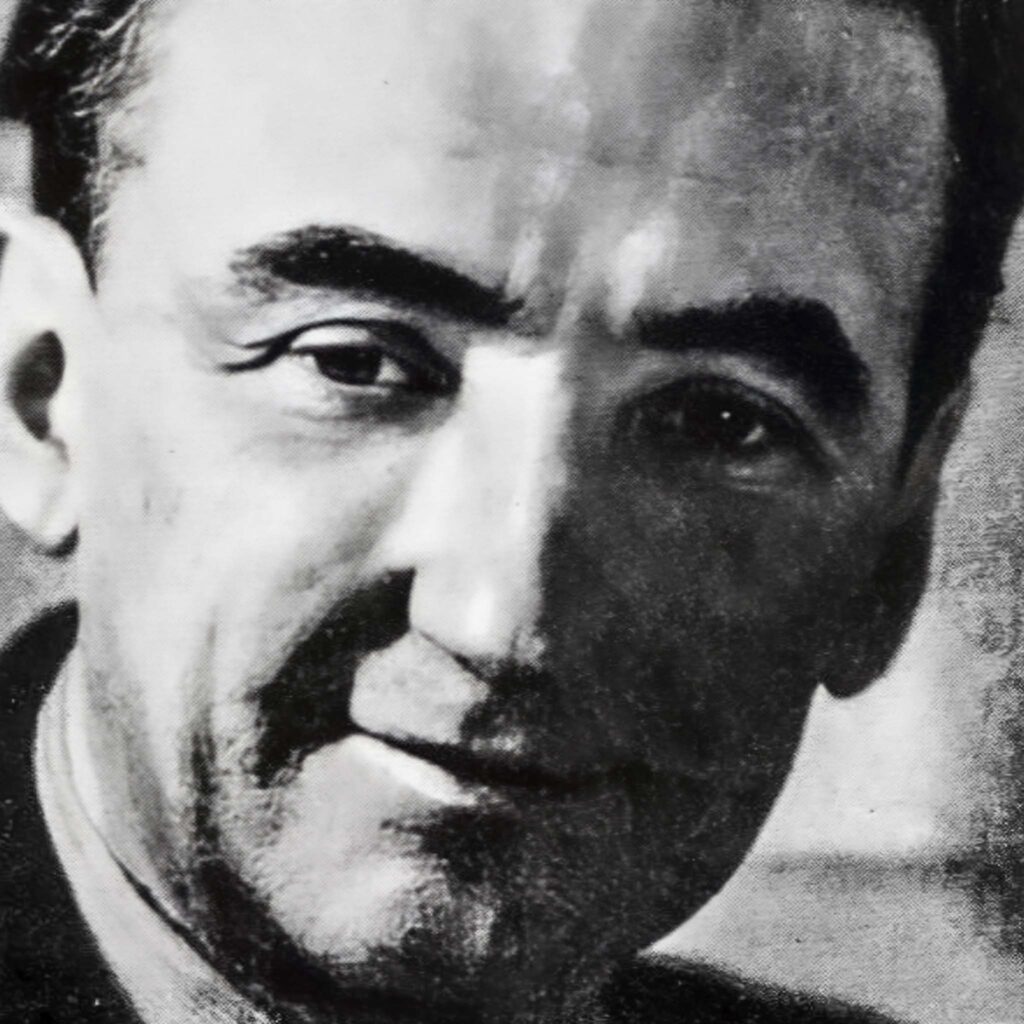
1903-1909
studied architecture with Professors Josef Schulz and Jan Koula at CTU in Prague
1912-1919
professor at the State Technical School in Pilsen
1913
founding member of the Architects’ Club
1920-1945
professor at the State Technical School in Prague
1920-1948
President of the Architects’ Club
1922-1939
editor-in-chief of the “Stavba” Magazine
1939-1971
editor-in-chief of the “Architektura” Magazine
1945-1970
professor of architecture at CTU in Prague
1948
Rector of CTU
Significant Works
1928
house at the Exhibition of Contemporary Culture in Czechoslovakia, Brno
1929-1932
villas in Prague-Dejvice 1934-36
1932
houses of Iška and Ladislav Sutnar, František Heřman, Cyril Bouda and Karla and Gustav Vaváček, Baba, Prague-Dejvice
1934-1936
House of Art Industry on Národní třída in Prague (in cooperation with František Zelenka)
1935
villa in Prague-Braník
